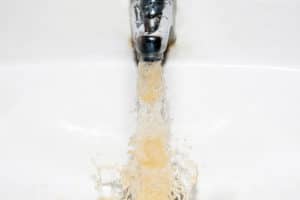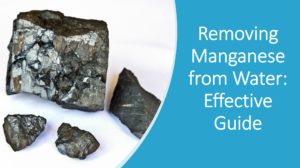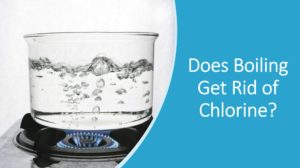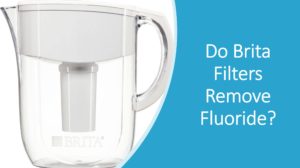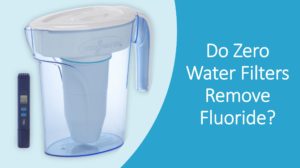Fluoride is one of the most common chemicals found in drinking water, and that’s no surprise. After all, municipalities have been adding fluoride to water for over 75 years as part of a campaign to reduce dental disease.
There are many ways to remove fluoride from water, ranging from simple filters you can hook up to a faucet to multi-filter systems that can purify all the water going into your house. Read on to learn about cheap and effective ways of removing fluoride from water.
How to Remove Fluoride From Water
Fluoride in water can be effectively removed by installing a specialised filter such as reverse osmosis systems. Fluoride water filters are NSF certified and one of the cheapest options for fluoride removal.
Here are the top 5 forms (methods) with which a fluoride filter can take:
1. Reverse Osmosis
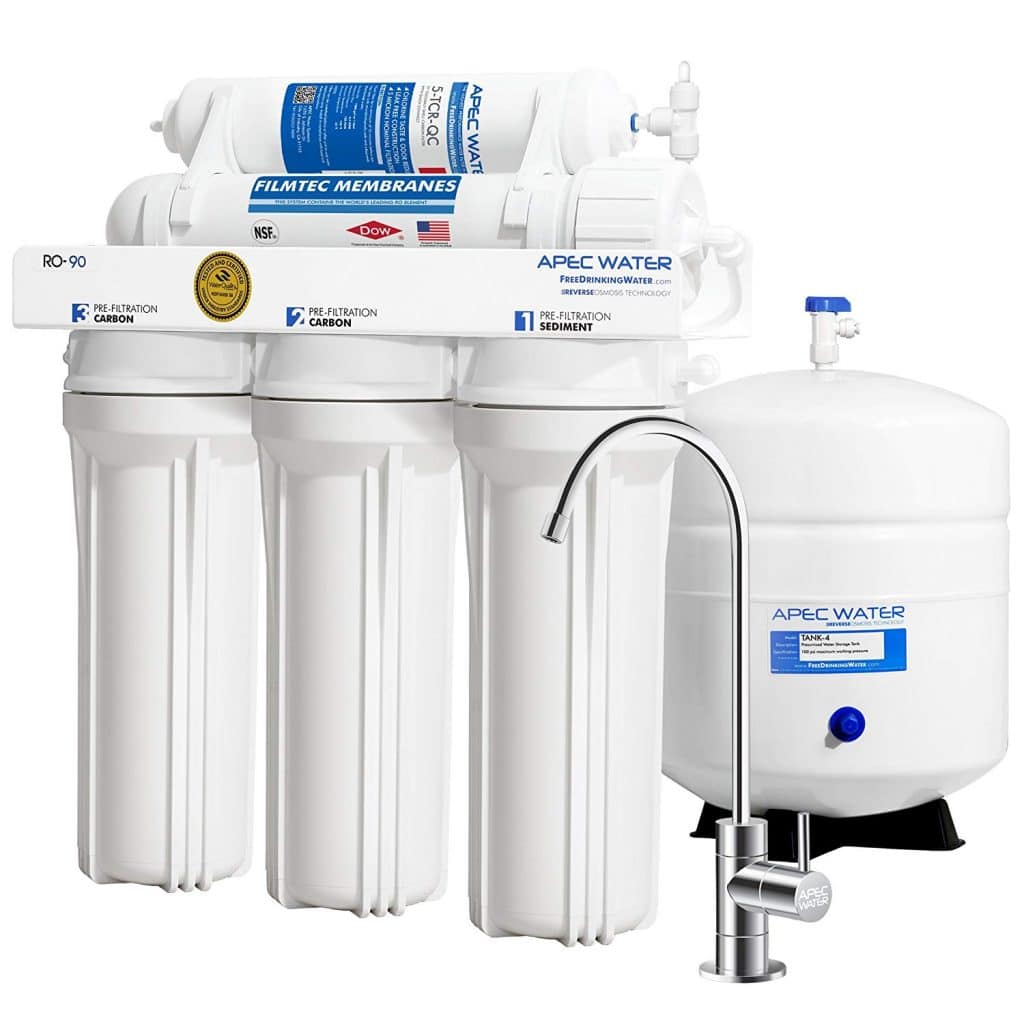
Reverse osmosis is an advanced water purification process where water pushes through a durable, permeable membrane that blocks almost everything except water molecules from getting through.
While not 100% effective against literally everything, reverse osmosis is effective against fluoride. This is an excellent option if you want to get your household water supply as pure as possible because it also removes many other contaminants, like pesticides and bacteria, that could be in your water.
Household reverse osmosis systems usually have large tanks located in one or more places throughout the house, often near sinks and showers. The tank’s size limits how fast you can use water before the systems need to refill, but with careful planning, water usage shouldn’t hinder you in your daily life.
However, reverse osmosis is not a perfect solution on its own. It removes some helpful minerals, like calcium and iron, that are generally beneficial when taken in standard amounts inside your drinking water. This is why many people install systems that add helpful minerals back to the water after putting it through the reverse osmosis system.
The other major drawback of reverse osmosis is that it’s expensive compared to some other options. Consider one of the other options on this list if you’re searching for how to remove fluoride from water cheaply.
More on reverse osmosis:
- Is Reverse Osmosis Water Good or Bad?
- What is the Ph of Reverse Osmosis Water?
- Does Reverse Osmosis Waste Water?
2. Distillation
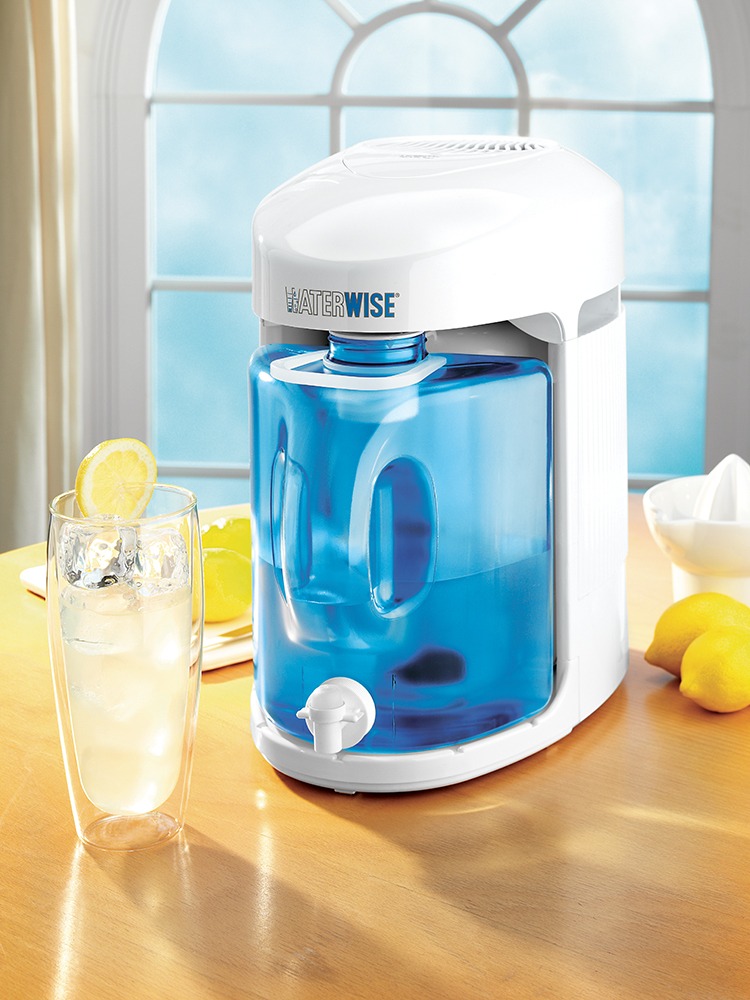
Distillation is another effective process for removing chemicals like fluoride from water. This process creates water that’s pure enough for most medical needs, too, which is how we know it works.
While you can buy a distillation system at some stores, you can also make fluoride-free water at home. This makes distillation a surprisingly effective technique if you want to learn how to remove fluoride from water naturally, but keep in mind that distilling only produces small amounts of water at a time. This means you’ll need to distill it long before you use it.
You can distill water without a specialized device by placing a large pot on your stove and filling it about halfway with water.
Place a stainless steel bowl inside this pot, ensuring that the top of the bowl remains well above the waterline. Take a concave lid and put it upside-down on the pot to form a tight seal, with its lowest point directly above your stainless steel bowl. Place an ice pack on the top of the lid to cool it down.
From here, all you have to do is boil the water and wait. As the water boils, it will rise and leave contaminants like fluoride behind. When it reaches the cold lid, the steam will condense into droplets on it. Gravity will pull these droplets down to the lowest point of the lid, where they’ll drip into the bowl below.
You can boil as much water as necessary to create any amount of purified water. This can get expensive if you need to do too much of it, though, so we don’t recommend trying to purify all of your household water this way.
Remember, any water left in your pot that didn’t turn into steam and sit in your bowl will have a higher concentration of fluoride than usual. Make sure to dump it down the drain.
3. Activated Alumina Filters
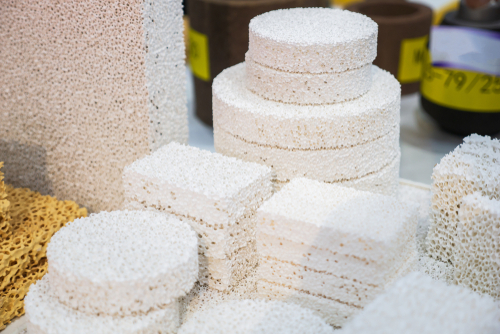
Activated alumina is an excellent filter for getting rid of fluoride in water. Contrary to popular belief, it does not add aluminum to the water.
The filters themselves are made by heating and treating bauxite (the main ore that provides aluminum) to make it porous. Part of the creation process involves heating the material to over 500 degrees Celsius, which removes all organic substances that might be in the ore. Filters are tested for leaching before sale.
These filters are exceptionally good at removing both fluoride and arsenic from water. Many filters can reduce the presence of fluoride to about 0.1 parts per million, which is far below the target of 2 parts per million that many municipal water companies aim for.
Activated alumina also removes many other dangerous substances like thallium. One cartridge may not be quite enough for a household system, but it’s relatively easy to rig several cartridges together so they can process several times as much water at once.
Activated alumina has two notable drawbacks, though.
The first issue is that you need to regenerate it occasionally. This involves treating it with sodium hydroxide and acid, as well as rinsing with demineralized water to ensure all the unwanted ions and atoms get out. Some people buy several filters and swap them regularly to ensure there’s enough time to regenerate them.
The second issue is that activated alumina works most effectively when the water has a pH between 5 and 6. Effectiveness drops sharply if the pH goes above 8.5.
For context, most groundwater systems have a pH between 6 and 8.5. This means you may need to have a second system to lower the pH of the water before it goes through activated alumina filters.
4. Bone Char Carbon Filters
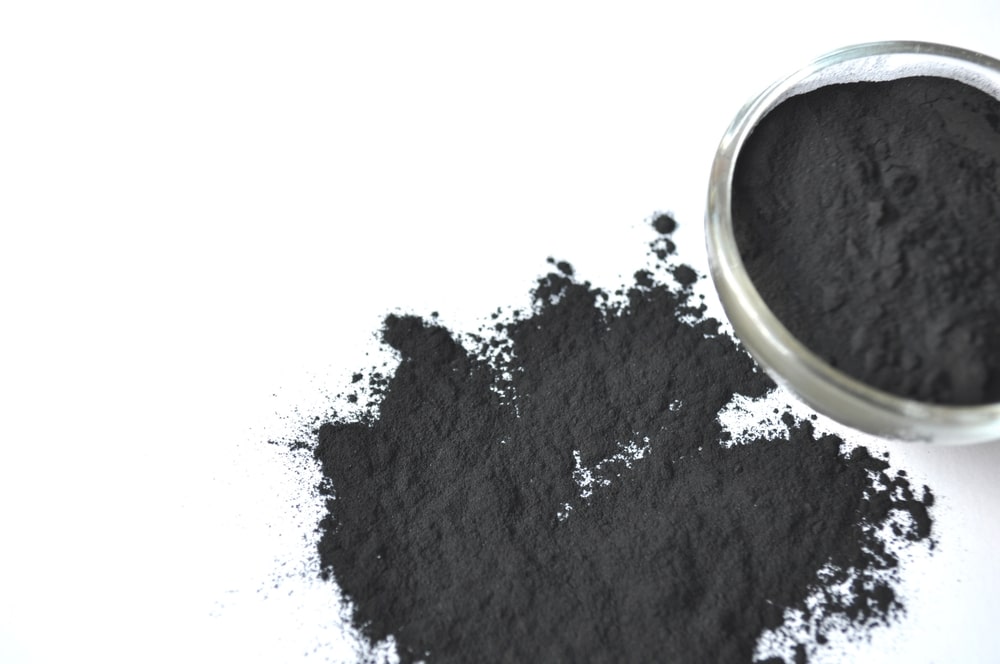
Bone char carbon filters aren’t as well-known as their cousins, activated carbon filters, but they’re impressively good at removing most contaminants from water.
These filters are made by taking cow bones and drying them in the sun for a few months. Once they’re sufficiently dry, manufacturers can heat them (with no oxygen in the area) to about 1472 degrees, turning them into black-charred products that can be shaped as needed for filters.
The chemical result of this process is about 80% phosphate of calcium, 10% calcium carbonate, and 10% percent carbon. The surface is extremely porous and excellent at adsorption.
Incidentally, while bone char filters aren’t well-known in most areas, they’re an extremely old process for purifying and separating chemicals and compounds. Like activated alumina, these filters need occasional cleaning or replacement to ensure they keep functioning properly.
You may also need to set up custom pipes to hold the filters. Remember, pushing water through filters too quickly can prevent them from working at maximum effectiveness, and that defeats the purpose of using filters.
5. Deionization Filters
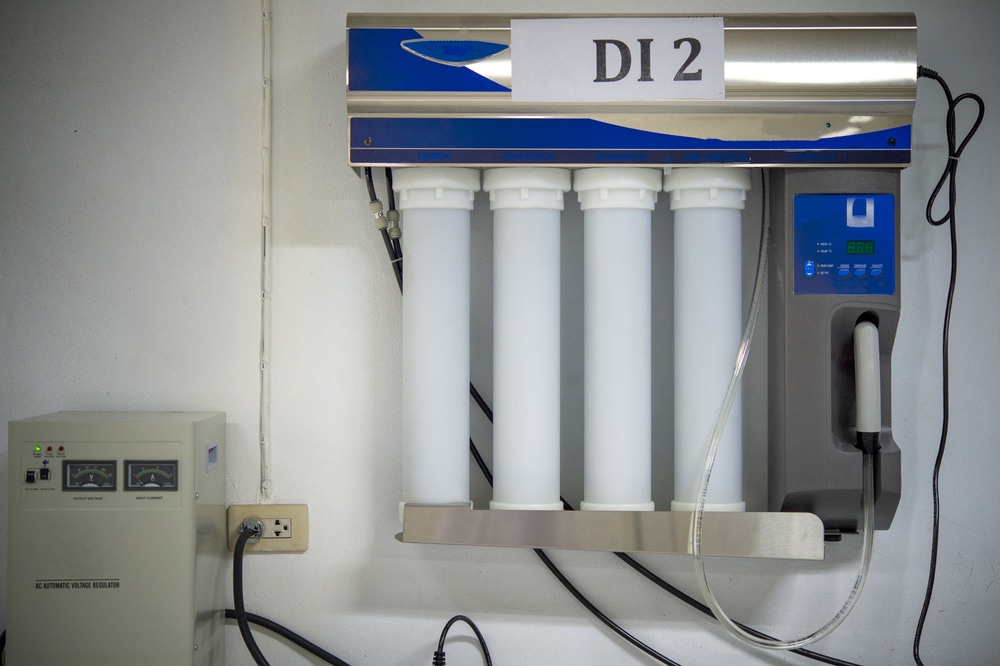
Deionization filters are an excellent way to produce filtered water on demand. Most unwanted substances in water are ionized salts and minerals, and that includes fluoride, so removing ions from the water rapidly purifies it for household use.
Deionization works by passing the water through two resins that have opposite charges. One side attracts positively charged ions (like sodium and magnesium) while the other grabs negative ions (like sulfates and fluoride). The resins exchange the ions they capture for hydrogen and hydroxide, which combine to form regular, pure water.
Deionization filters have several advantages that set them apart from other filters. The first, and most obvious, is that they’re easy to install as part of existing household systems. You can add these by cutting out relatively small sections of pipe, and that’s much easier than having to install several different components.
Deionization filters also last a long time. The exact lifespan varies by cartridge, but most can handle several thousand gallons of water before you need to replace them. Heavy-duty filters will last much longer, and replacing them is usually as easy as taking out the old one and screwing in the new one.
Deionization filters don’t require heat or electricity, so they’ll keep working even if you lose power. The same can’t be said for reverse osmosis or distillation systems. These are ultimately effective, but as always, flow limits could affect how much water you can use at a time.
Cheapest Way to Remove Fluoride From Water
The cheapest way to remove fluoride from water depends on how much water you want to filter.
For personal use, a good point-of-use filter is the cheapest option. These filters go inside water pitchers or onto faucets and filter the fluoride out right before you start using it. However, note that some filter brands don’t remove fluoride. Make sure any brand you buy specifically names fluoride as a substance it removes.
For household use, a reverse osmosis system is often the most affordable choice. The average installation costs about $1500, although particularly large commercial systems can range higher than $20,000. That’s more than most people need, however, so you shouldn’t get a quote anywhere near that.
Now, can we provide any information on how to remove fluoride from water for free? Unfortunately, there are no truly free methods. Distilling water on the stove is extremely cheap, but still has a cost for electricity or natural gas. Point-of-use filters can often bring costs down to a few cents per gallon.
Related Article: Do Water Filters Remove Fluoride?
Which Fluoride Removal Method is Best Suited for Me?
The best method of fluoride removal for you depends on how much water you need to purify and how much you can invest into the system.
Let’s review the main options:
Reverse osmosis systems are extremely effective at removing fluoride and most other substances from water. They’re arguably too good at it, such that you may need a remineralizing system to add other nutrients back in. This is a great choice for household purification.
Reverse osmosis systems can be somewhat expensive to set up, but once they’re in place, they require minimal care and produce quite a lot of water. You can customize these systems to your water consumption habits, too.
Distillation is especially effective for creating extremely pure water in smaller quantities. This is most appropriate for situations like running medical devices, because it takes a lot of energy to run a distiller. Don’t expect this to work for purifying a shower or bathwater.
Distillation is easy to do with things most people already own, though, so it’s a good choice if you need to purify small amounts of water before getting another system installed. Alternatively, you can buy a distiller.
Activated alumina and bone char carbon filters usually purify water at the point of use. They eventually wear out and need replacement, but they’re also quite effective and reasonably affordable for the results they produce. This is a great way to filter just your shower water, though you can make a household purifier if you’re creative with placing the filters.
Finally, deionization filters are moderately effective and can purify many substances. The filters come in many sizes and usually last at least several months each. These are easy to install and work particularly well for households, but rely entirely on cartridges.
If the manufacturer stops selling them, you might need to replace the whole system.

